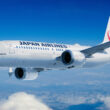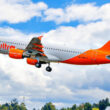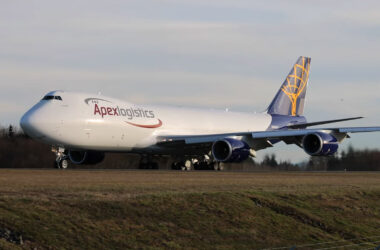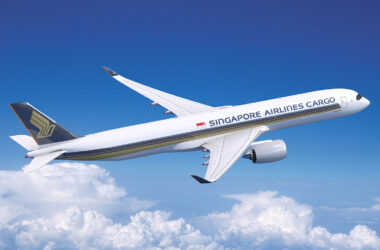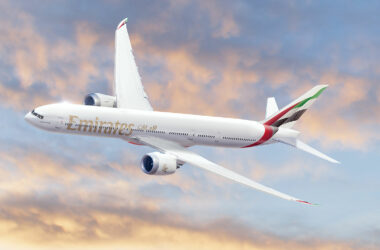During an investor conference, Boeing’s chief financial officer, Brian West, pointed out that the company should wait until the next decade to launch a new single-aisle airliner (narrowbody), as the company needs more time to mature technologies.
Quoted by Flight Global, West said Boeing’s future aircraft, which will replace the 737 MAX, should offer significant improvements in efficiency. However, the executive stated that “right now, anything on that front is next decade”.
In West’s evaluation, Boeing still depends on the 737 MAX in the short term. Last month, the most recent generation of the 50-year-old jet accumulated 3,587 orders, including the MAX 7 and MAX 10 versions. These two models, however, have so far not been certified for commercial flights.
Follow ADN: Instagram | Twitter | Facebook
According to the executive, the manufacturer expects to obtain certification from the Federal Aviation Administration (FAA) of the United States for the 737 MAX 7 this year and for the MAX 10 in 2024.
The introduction of the 737 MAX 10 is particularly the most anticipated due to the significant advance of the Airbus A321neo and its long-range variants in the market, largely due to the lack of an aircraft with similar capacity and performance characteristics – as will be the MAX 10.
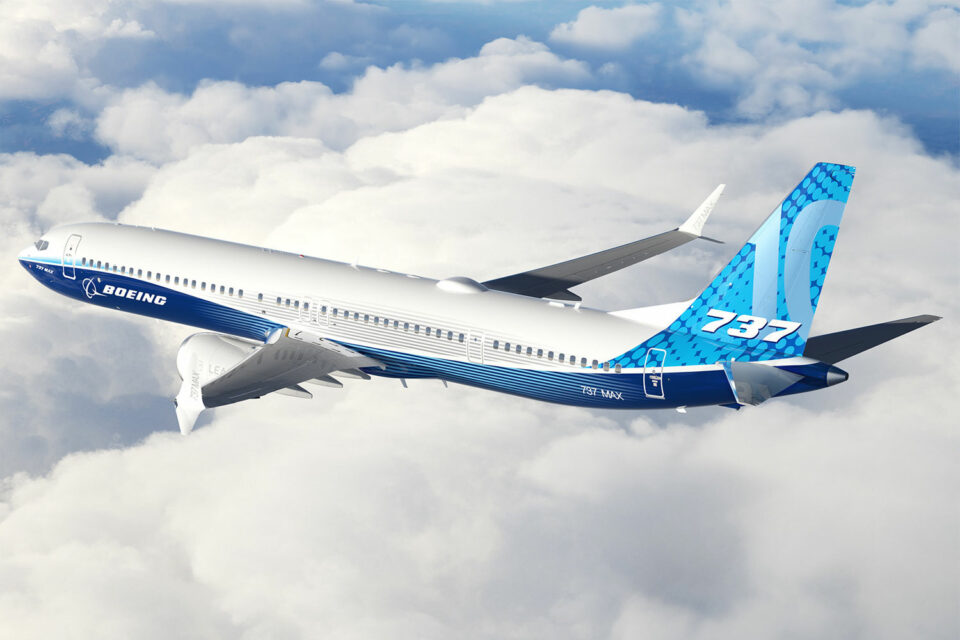
West also said that the 737 MAX has very good demand and that sales of the plane will remain strong until at least 2026.
Boeing even took forward the NMA (New Midsize Airplane) project, which could originate a new family of jets to occupy the niche between the 737 and the 787 – something that the 757 did in the past.
When the company was still betting on this program, which came to be informally called the 797, the launch deadline was planned for mid-2025.
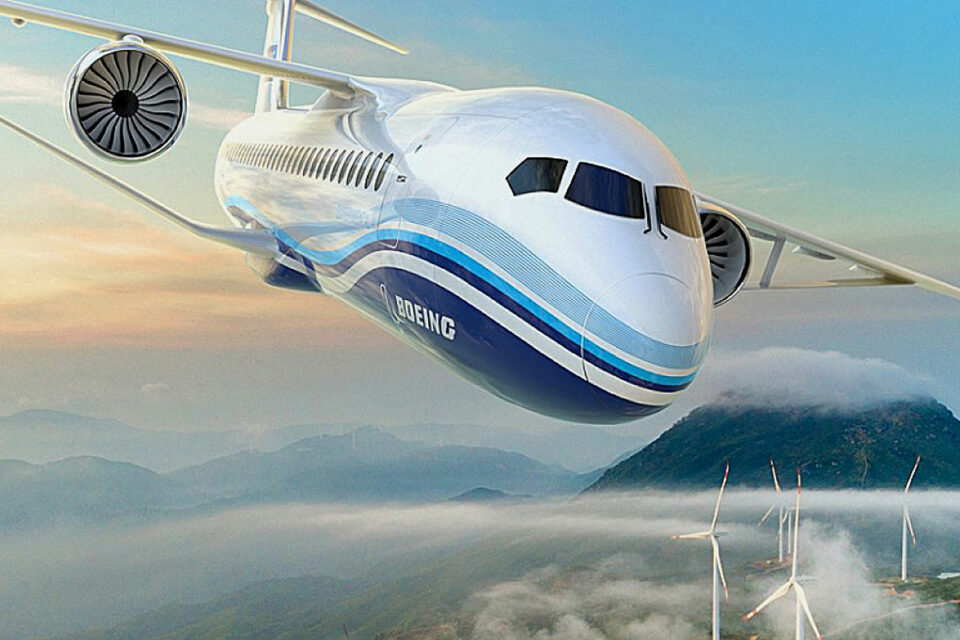
Since taking the helm at Boeing, CEO David Calhoun has warned that the company would wait for technological advances to conceive an aircraft that is between 20% and 30% more efficient than current commercial jets.
A new technology studied by Boeing, in partnership with NASA, to obtain greater efficiency in single-aisle jets is the “Transonic Truss-Braced Wing”.
It is a concept with an extra-long wing mounted on top of the fuselage that, associated with engines with a high bypass ratio, promises a reduction in fuel consumption of around 30%. The project, however, must still take years to be evaluated.


